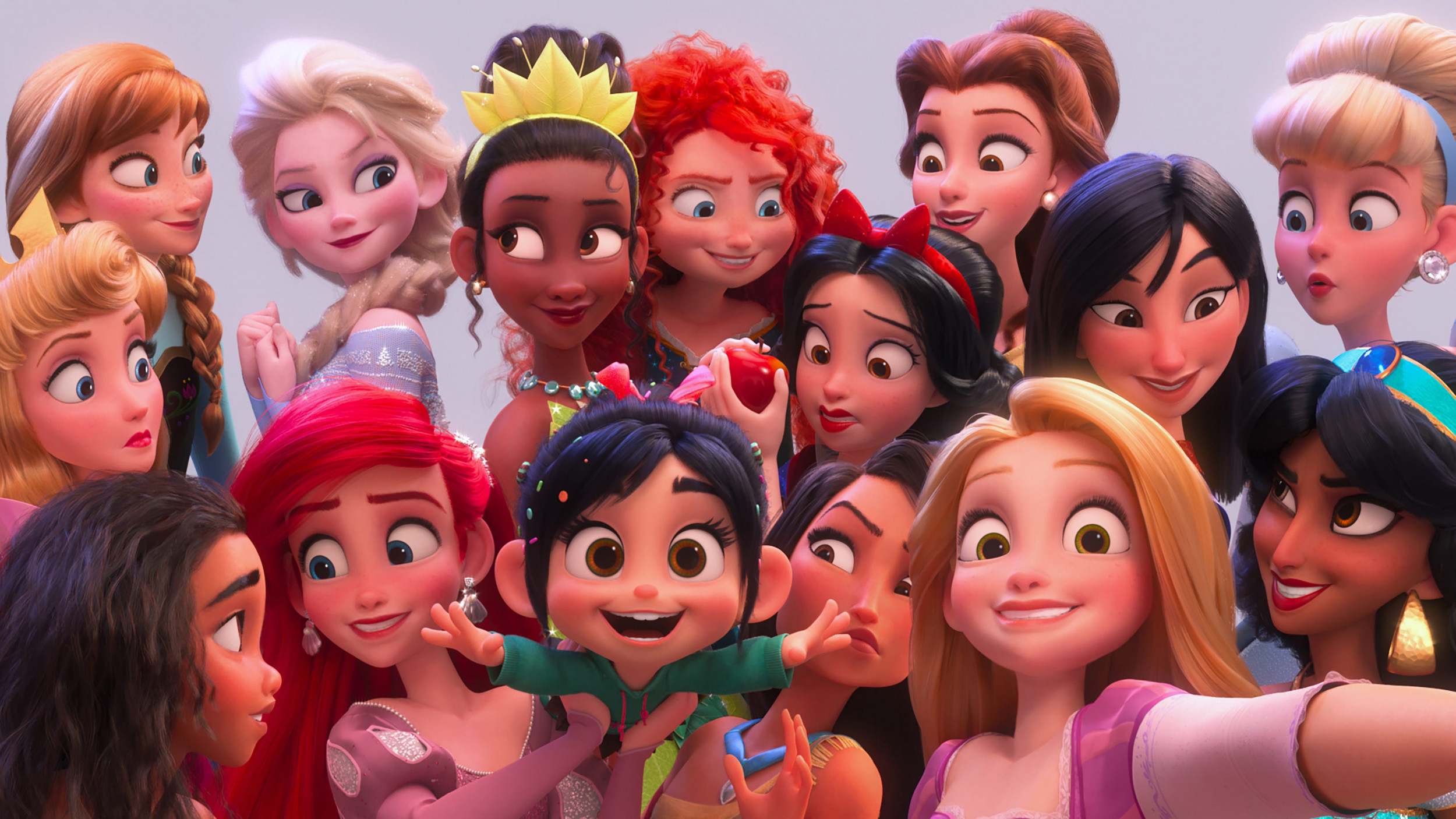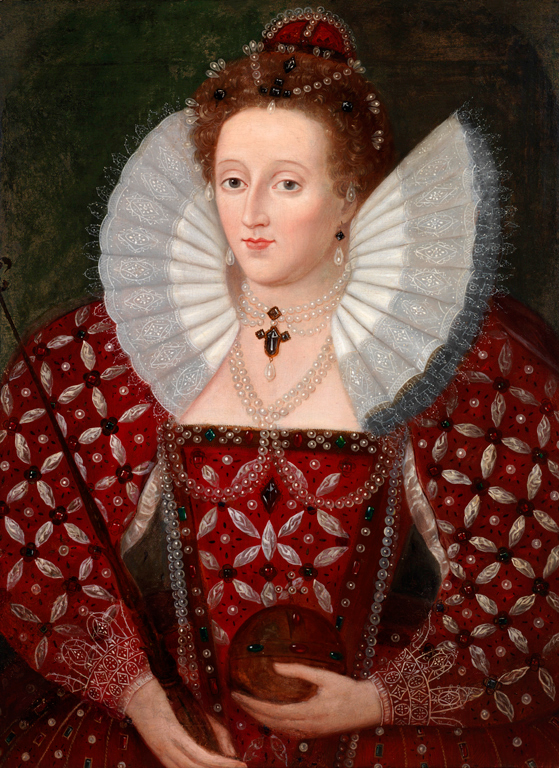Stamp: Princess Wilhelmina with hanging Hair - Type II (Netherlands 1893)
Princess Wilhelmina with hanging Hair - Type II (Netherlands 1893)
01 January (Netherlands ) within release Princess Wilhelmina 1891-1894 - second Group goes into circulation Stamp Princess Wilhelmina with hanging Hair - Type II face value 7½ Dutch cent
| Stamp Princess Wilhelmina with hanging Hair - Type II in catalogues | |
|---|---|
| NVPH: | NVP: NL 36c |
Stamp is vertical format.
The 7½ Cent stamp distinguishes 2 types. In Type I, a vertically extended bar is visible in the middle of the 'E', touching the serif of the 'E' at the top right. The vein of the leaf above the 'T' is more closed than in Type II. NVPH catalog distinguishes 3 groups in the series Princess Wilhelmina with hanging Hair: ● first group: 3rd quarter 1891 - 3rd quarter 1993 - clichés - natural dyes. ● second group: 4th quarter 1893 - 3rd quarter 1894 - plates - natural dyes + 4th quarter 1894 - 3rd quarter 1895 - plates - synthetic dyes. ● third group: 4th quarter 1895 - 1899 - plates - synthetic dyes. The different stamp values were printed in a total of 264 editions. As a result of this and the large number of printing plates, there is a very large number of printing errors, impossible to describe them all in Colnect.Also in the issue Princess Wilhelmina 1891-1894 - second Group:
- Stamp - Princess Wilhelmina with hanging Hair face value 15;
- Stamp - Princess Wilhelmina with hanging Hair face value 20;
- Stamp - Princess Wilhelmina with hanging Hair face value 22½;
- Stamp - Princess Wilhelmina with hanging Hair face value 25;
- Stamp - Princess Wilhelmina with hanging Hair - Type II face value 7½;
- Stamp - Princess Wilhelmina with hanging Hair face value 12½;
Stamp Princess Wilhelmina with hanging Hair - Type II it reflects the thematic directions:
Famous People refers to the fame and public attention accorded by the mass media to individuals or groups or, occasionally, animals, but is usually applied to the persons or groups of people (celebrity couples, families, etc.) themselves who receive such a status of fame and attention. Celebrity status is often associated with wealth (commonly referred to as fame and fortune), while fame often provides opportunities to make money.
A head of state (or chief of state) is the public persona that officially represents the national unity and legitimacy of a sovereign state. In some countries, the head of state is a ceremonial figurehead with limited or no executive power, while in others, the head of state is also the head of government. In countries with parliamentary governments, the head of state is typically a ceremonial figurehead that does not actually guide day-to-day government activities and may not be empowered to exercise any kind of secular political authority (e.g., Queen Elizabeth II as Head of the Commonwealth). In countries where the head of state is also the head of government, the president serves as both a public figurehead and the actual highest ranking political leader who oversees the executive branch (e.g., the President of the United States).
Princess is a title used by a female member of a monarch's family or by a female ruler. The male equivalent is a prince (from Latin princeps, meaning principal citizen). Most often, the term has been used for the consort of a prince, or for the daughter of a monarch. A crown princess can be the heiress apparent to the throne or the spouse of the heir apparent.
Queen - the title of reigning female monarch or the wife of the king in a number of countries
A Royalty is the immediate family of a king or queen regnant, and sometimes his or her extended family. The term imperial family appropriately describes the family of an emperor or empress, and the term papal family describes the family of a pope, while the terms baronial family, comital family, ducal family, grand ducal family, or princely family are more appropriate to describe the relatives of a reigning baron, count, duke, grand duke, or prince. However, in common parlance members of any family which reigns by hereditary right are often referred to as royalty or "royals." It is also customary in some circles to refer to the extended relations of a deposed monarch and his or her descendants as a royal family. A dynasty is sometimes referred to as "the House of ...". As of July 2013, there are 26 active sovereign monarchies in the world who rule or reign over 43 countries in all
A woman is an adult female human. Before adulthood, a woman is referred to as a girl (a female child or adolescent)






